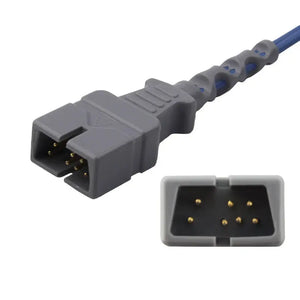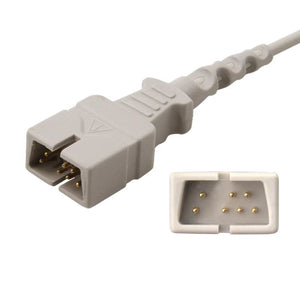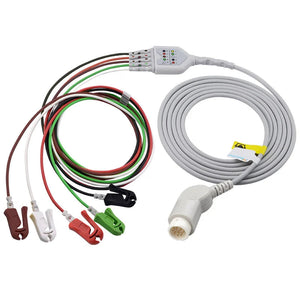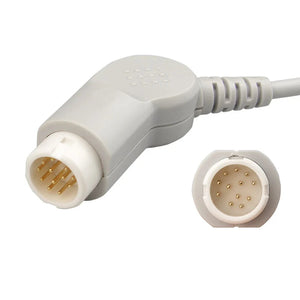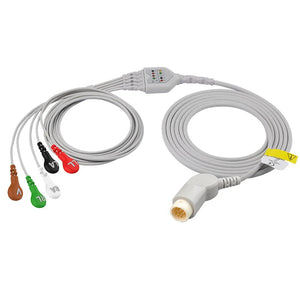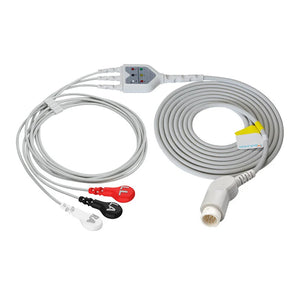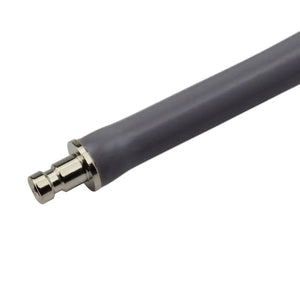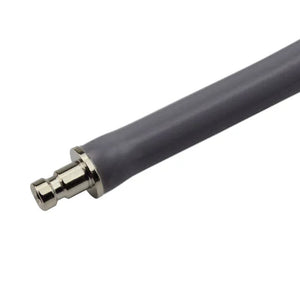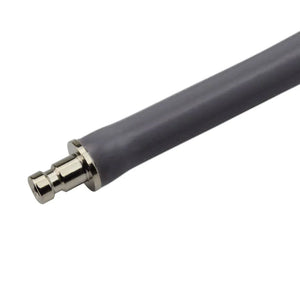| Key Statistics | Impact of SpO2 Monitoring |
|---|---|
| Early Detection Rate | Up to 85% faster identification of respiratory issues |
| Healthcare Cost Reduction | 20-30% decrease in emergency room visits |
| Patient Outcomes | 40% improvement in chronic condition management |
Understanding Blood Oxygen Saturation Measurement
Blood oxygen saturation measurement refers to the non-invasive assessment of the oxygen levels in the blood, typically performed using a plug-and-play pulse oximeter. This measurement plays a crucial role in diagnosing respiratory disorders, monitoring patients during surgery, and managing heart disease. Below is a detailed analysis of its applications:
1. Diagnosing Respiratory Disorders
Conditions such as chronic obstructive pulmonary disease (COPD), asthma, and pneumonia can lead to inadequate alveolar ventilation, affecting oxygen supply. Measuring blood oxygen saturation helps physicians promptly evaluate a patient's respiratory function and implement effective treatment strategies.
2. Monitoring Patients During Surgery
During surgical procedures, factors like general anesthesia and surgical trauma may cause fluctuations in blood oxygen levels. Continuous blood oxygen monitoring enables doctors to detect and address intraoperative respiratory issues and complications like seizures in a timely manner.
3. Managing Heart Disease
Heart conditions such as myocardial infarction, heart failure, and arrhythmias are often associated with hypoxia. Regular monitoring of blood oxygen saturation assists physicians in promptly addressing related issues and optimizing patient care.
Beyond these applications, blood oxygen saturation measurement is also valuable in other scenarios, such as:
- High-Altitude Hypoxia Monitoring: Assessing oxygen levels in individuals exposed to high altitudes to prevent altitude sickness.
- Sleep Apnea Syndrome Monitoring: Evaluating oxygen saturation in patients with sleep apnea to guide treatment decisions.
- Neonatal Respiratory Function Monitoring: Monitoring the respiratory health of newborns to ensure adequate oxygenation.
These applications aid physicians in understanding patients' respiratory function and blood oxygen saturation, informing treatment plans and promoting effective health management.
What is SpO2 and Why Should You Monitor It?
Blood oxygen saturation (SpO2) is a crucial vital sign that indicates how much oxygen your blood carries throughout your body. Regular monitoring of your SpO2 levels can be the difference between maintaining optimal health and facing serious medical complications.



Critical Benefits of Regular SpO2 Monitoring
1. Early Detection of Health Issues
Monitoring your SpO2 levels can help identify respiratory problems before they become severe. For instance, a consistent drop in oxygen saturation might indicate developing conditions like:
- Sleep apnea
- Chronic Obstructive Pulmonary Disease (COPD)
- Pneumonia
2. Prevention of Medical Emergencies
Regular monitoring can prevent emergency situations by alerting you to dangerous drops in oxygen levels. Our professional-grade SpO2 sensors provide reliable readings you can trust.
3. Cost Savings on Healthcare
Preventive monitoring can lead to significant healthcare cost reductions by:
- Reducing emergency room visits
- Preventing lengthy hospital stays
- Enabling early intervention
4. Remote Monitoring Advantages
Modern SpO2 monitoring solutions, like our direct-connect sensors, enable:
- Real-time health monitoring
- Immediate data sharing with healthcare providers
- Reduced in-person clinic visits
Understanding Your SpO2 Readings
Normal SpO2 levels typically range from 95% to 100%. Learn what different readings mean:
| SpO2 Level | Interpretation |
|---|---|
| 95-100% | Normal range |
| 90-94% | Slightly low - monitor closely |
| <90% | Low - seek medical attention |
Best Practices for SpO2 Monitoring
Follow these guidelines for accurate measurements using quality equipment like our Masimo-compatible sensors:
- Ensure proper sensor placement
- Take readings at consistent times
- Keep a monitoring log
- Clean sensors regularly
Latest Innovations in SpO2 Monitoring Technology
Recent advances in SpO2 monitoring technology include:
- Wireless connectivity
- Continuous monitoring capabilities
- Integration with electronic health records
- AI-powered analysis
Real Patient Experiences & Success Stories
"Regular SpO2 monitoring helped me identify my sleep apnea early, leading to proper treatment and significantly improved quality of life." - Dr. Sarah Johnson, Pulmonologist
Frequently Asked Questions
What is a normal SpO2 level?
A normal SpO2 level typically ranges from 95% to 100%. Levels below 90% require immediate medical attention.
How often should I monitor my SpO2 levels?
For those with respiratory conditions, daily monitoring is recommended. Healthy individuals may check weekly or as advised by their healthcare provider.
Conclusion: Taking Control of Your Health
Regular SpO2 monitoring is a crucial tool for maintaining optimal health and preventing complications. With modern, reliable monitoring solutions from trusted providers like MEDLINKET, you can take control of your respiratory health with confidence.
Ready to Start Monitoring Your SpO2 Levels?
Explore our comprehensive range of professional SpO2 monitoring solutions and take the first step toward better health management today.





